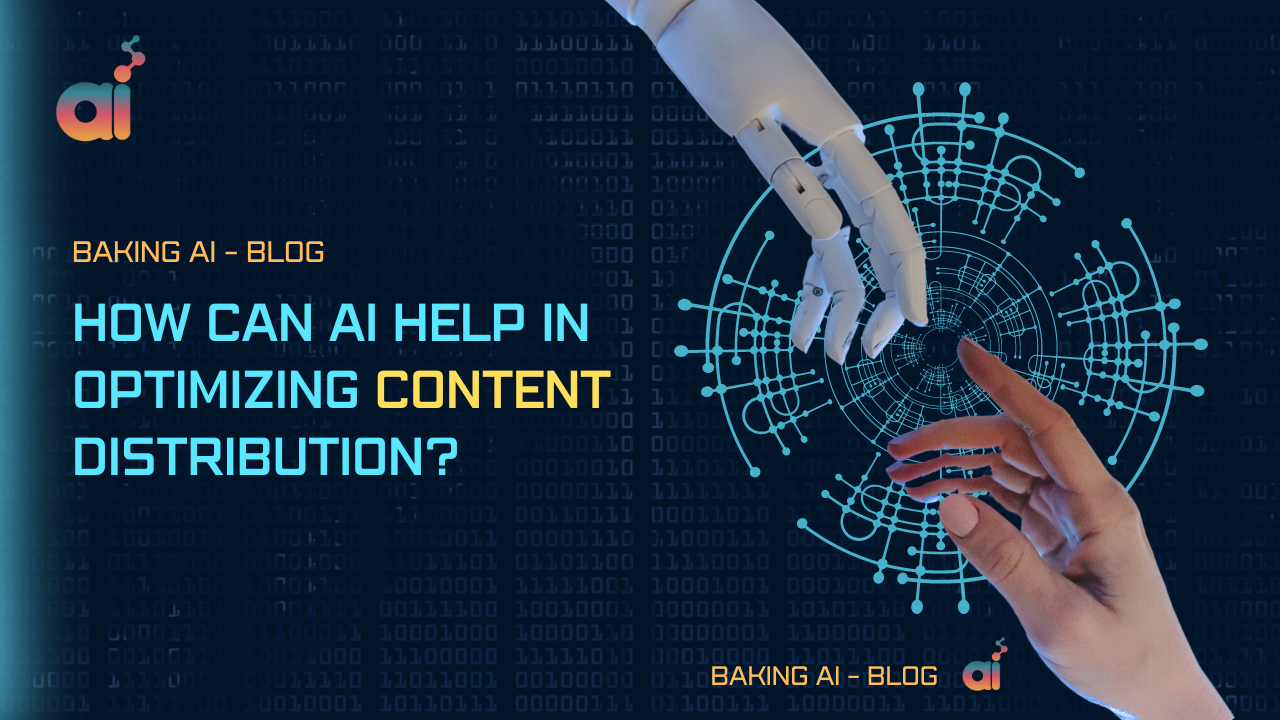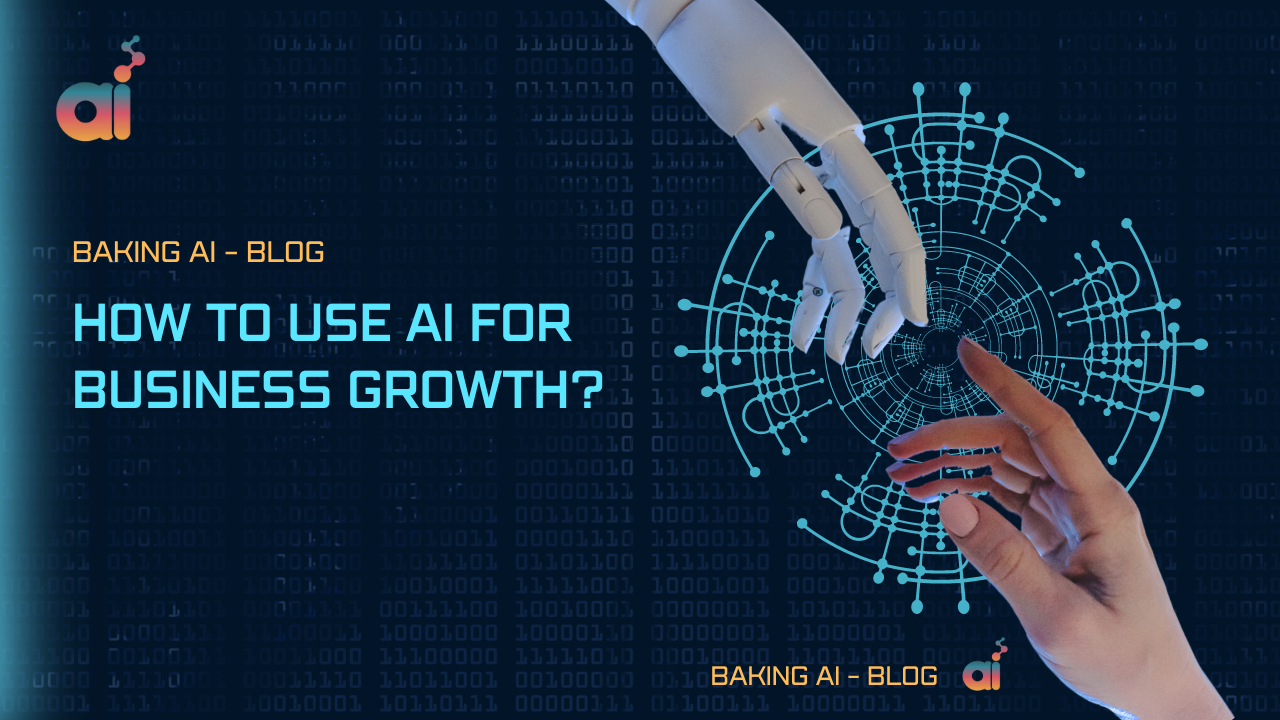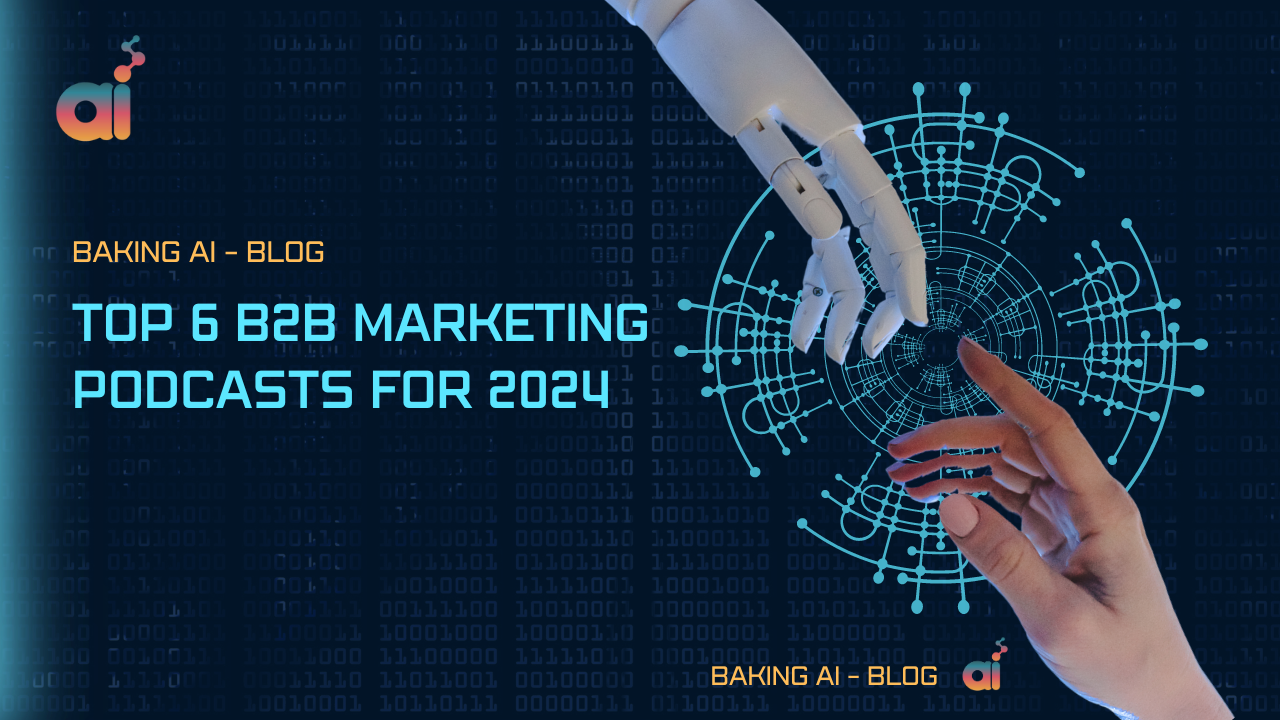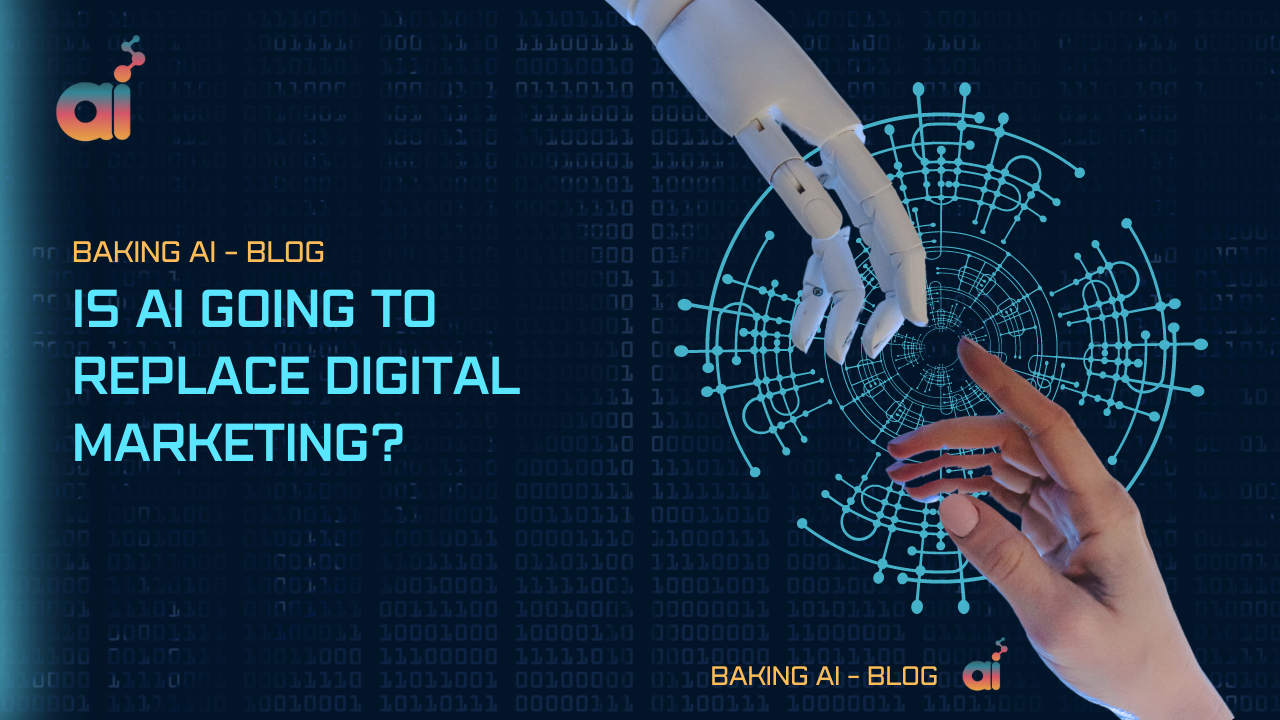Data is at the core of every business operation, and its effective management is crucial for the success and growth of any organisation. In today’s rapidly evolving business landscape, companies are faced with the challenge of managing ever-increasing volumes of data from various sources. As a result, data migration has become a critical process for businesses looking to optimise their data management practices.

Data migration refers to the process of moving data from one system or storage location to another. It can involve transferring data between different hardware, software, or database platforms, or consolidating data from multiple sources into a single repository. Data migration is a complex and time-consuming process that requires careful planning, analysis, and execution to ensure a smooth transition and minimal disruption to business operations.
In this article, we will explore the benefits and best practices of data migration. We will discuss how data migration can improve data quality and consistency, enhance data security and compliance, and provide better business intelligence and analytics. We will also examine various use cases of data migration, such as migrating from legacy systems to modern platforms, merging or acquiring companies, and consolidating data centers or cloud providers.
Finally, we will provide best practices for data migration, including planning and preparation, data mapping and transformation, data cleansing and deduplication, and project management and governance. By the end of this article, you will have a better understanding of how data migration can benefit your organisation and how to implement it effectively for optimal results.
10 Benefits of data migration to know
Migrating data to the cloud can be a challenging decision for companies that have relied on physical infrastructure for decades. However, despite the hesitations, embracing cloud adoption offers significant benefits that should not be overlooked. Understanding the core business advantages and potential pitfalls associated with this transition is crucial for making an informed decision. By adopting the cloud, businesses have the opportunity to unlock immense value, with estimates suggesting a staggering $1 trillion in potential gains.
If you’re still skeptical, delving into the advantages and potential challenges of cloud adoption will help you make the right call for your company’s future success
-
Lower TCO (total cost of ownership)
Data migration to the cloud offers significant cost-saving potential, making it a crucial aspect of digital transformation initiatives. While cloud services may initially incur higher expenses compared to on-premises architectures, they prove to be financially advantageous in the long run when managed efficiently.

According to Gartner, Infrastructure-as-a-Service (IaaS) software demonstrates a remarkable 55% reduction in costs when compared to on-premises data centers over time.
This decrease in Total Cost of Ownership (TCO) primarily arises from the reduced resources required for maintenance, the elimination of capital costs, and the ability to optimise workloads for cost efficiency. Moreover, the benefits extend beyond direct savings, encompassing improvements in time-to-market and the flexibility to expand into new markets.
To achieve cost efficiency, it is essential to select the appropriate cloud model and storage type, as well as optimize service sizes to align with specific workloads. However, the key to capturing these savings lies in calculating TCO from the outset of the migration journey. This can be accomplished by leveraging TCO calculators or seeking assistance from data migration consultants.
-
Scalability
On-demand scalability is one of the key incentives for adopting cloud computing. In traditional physical IT infrastructure, scaling up operations to meet capacity can take weeks or even months. However, with cloud computing, you can instantly ramp up your resources on-demand, without the need to purchase additional hardware or software licenses beforehand.
This flexibility provides significant advantages to both small businesses with limited budgets and large enterprises with complex needs. Cloud computing allows for a high degree of customization and scalability, enabling businesses to adapt to changing demands over time. Whether it’s a small business looking to expand rapidly or a large enterprise requiring extensive customization, cloud computing offers the freedom and agility to meet evolving business needs effectively.
-
Enhanced security
According to Oracle, 66% of C-suite executives consider security to be among the top advantages of data migration to the cloud. There are several reasons why cloud security is perceived as more effective than traditional security measures.
Firstly, most cloud providers offer a wide range of security features and dedicated security tools that can be customized according to the needs of infrastructure owners. This a-la-carte approach allows businesses to select and implement specific security measures that align with their requirements.
Secondly, cloud providers typically have greater resources to invest in security compared to most individual businesses. This is due to the shared cost model of cloud computing, where multiple organizations benefit from the infrastructure and security investments made by the provider. This shared responsibility allows businesses to leverage the expertise and economies of scale offered by cloud providers.
Additionally, one significant advantage of cloud security is that cloud providers assume the responsibility for consistent patching and security management. In many cases, security patches are automatically applied by the provider, ensuring that systems are up-to-date and protected against known vulnerabilities. This eliminates the burden of manual patching for businesses, reducing the risk of security breaches due to outdated software.
By leveraging the security features, resources, and automated management provided by cloud providers, businesses can enhance their overall security posture and mitigate potential risks associated with data migration to the cloud.
-
Compliance
On-premise environments are often considered inherently more compliant. However, the cloud offers the flexibility to adjust policies to meet your business’s regulatory compliance and security requirements.
Distributed cloud systems encompass a wide range of data protection regulations, including GDPR, CCPA, HIPAA, and others. For instance, AWS consistently undergoes third-party validation to meet numerous international compliance requirements.
This means that you can delegate a significant portion of your compliance concerns to a cloud provider and benefit from ongoing compliance management with reduced costs and effort. Remember to review the necessary provisions listed in the service-level agreement to ensure compliance assurances.
-
Easy backup and recovery
Traditional environments often rely on tape-based backups, which can be time-consuming and tedious. However, when migrating data warehouses to the cloud, you gain access to one-click backup and recovery capabilities. Additionally, virtualization allows you to back up entire servers and securely store those backups offsite. This not only streamlines the backup process but also enhances data protection and accessibility.

-
Simplified management
Cloud migration simplifies the tasks associated with maintaining, updating, and securing infrastructure, which encompasses hardware, software, networking, and virtual server facilities.
Additionally, with a centralized management tool provided by the cloud provider, it becomes possible to monitor both physical storage and cloud data warehouse from a single interface.
-
Integration
Migrating data to the cloud unlocks a plethora of robust integration capabilities, empowering seamless data interoperability within your organization. This facilitates the utilization of diverse cloud-based services in conjunction, resulting in a holistic and cohesive solution.
Moreover, cloud integration plays a pivotal role in enhancing business visibility and generating precise reports. As an illustration, the Azure ecosystem offers a vast array of over 600 pre-built connectors, enabling the seamless connection of business applications, systems, and data into a unified infrastructure.
-
Mobility
The cloud has revolutionized businesses by enhancing mobility. Data center migration to the cloud empowers businesses to access their data and applications from any location worldwide, providing increased flexibility, collaboration, and productivity for employers both inside and outside the workplace.
The demand for portable digital estates has surged with the increasing adoption of ‘Bring Your Device’ (BYOD) policies. Consequently, an overwhelming 82% of companies now implement BYOD to some degree.
-
Innovation as a competitive advantage
With the cloud, businesses have access to a wide range of new technologies that can help them become more innovative. From big data development to virtual reality to AI customer service, this transition opens up new lucrative possibilities for businesses to explore. What’s even better is that businesses can innovate with greater capital efficiency.
The innovation potential is further enhanced by the decreased time-to-market that the transition offers. According to McKinsey, 75% of the predicted value of the cloud comes from its ability to boost innovation.
-
Unified vision
By migrating your data warehouse to the cloud, you can establish a unified architecture, which is essential for businesses that aim to make data-driven decisions. Having an integrated view provides businesses with a single, comprehensive perspective of their data, making it easier to understand, visualize, and take action. Additionally, businesses can avoid the need to maintain multiple data silos.

Use Cases of Data Migration
1. Migrating from Legacy Systems to Modern Platforms:
Many businesses still rely on outdated legacy systems that lack scalability, flexibility, and compatibility with modern technologies. Data migration allows organizations to transfer their data from legacy systems to more advanced and efficient platforms, enabling them to leverage the benefits of modern technologies, improve system performance, and enhance overall operational efficiency.
2. Merging or Acquiring Companies:
In cases of mergers or acquisitions, companies often need to consolidate their data from multiple sources into a unified system. Data migration facilitates the integration of disparate data sets, ensuring smooth collaboration, data consistency, and improved decision-making across the merged entities.
3. Consolidating Data Centers or Cloud Providers:
Organizations may choose to consolidate their data centers or migrate from one cloud provider to another to optimise costs, improve performance, or meet specific business requirements. Data migration allows for the seamless transfer of data and applications between different data centers or cloud environments, ensuring uninterrupted business operations and minimizing downtime.
4. Upgrading Applications or Operating Systems:
When businesses upgrade their applications or operating systems, data migration becomes essential to ensure that existing data is seamlessly transferred to the new environment. This allows organizations to leverage the latest features, functionalities, and security enhancements offered by the upgraded systems.
5. Moving to a Hybrid or Multi-Cloud Environment:
As businesses embrace hybrid or multi-cloud strategies, data migration helps in distributing workloads and data across different cloud platforms. This enables organizations to leverage the strengths of various cloud providers, optimize costs, improve performance, and enhance data redundancy and disaster recovery capabilities.
6. Migrating Data to a Data Warehouse or Data Lake:
Data migration plays a crucial role in consolidating and centralizing data from various sources into a data warehouse or data lake. This enables organisations to perform advanced analytics, gain valuable insights, and make data-driven decisions based on a comprehensive view of their data.
7. Migrating Data to a Business Intelligence or Analytics Platform:
To leverage the full potential of business intelligence and analytics tools, organizations often need to migrate data from various systems or databases into a dedicated analytics platform. Data migration allows for the seamless integration of data, enabling organizations to uncover valuable insights, identify trends, and make informed decisions.
8. Migrating Data to a CRM or ERP System:
Businesses may choose to migrate their data to a Customer Relationship Management (CRM) or Enterprise Resource Planning (ERP) system to centralize customer information, streamline operations, and improve overall efficiency. Data migration ensures that critical customer and business data is accurately transferred to the new system, enabling organisations to enhance customer service and optimise resource allocation.
9. Migrating Data to a New Storage or Backup Solution:
When organizations upgrade their storage or backup infrastructure, data migration is necessary to ensure the safe and efficient transfer of data from the old system to the new one. This helps organizations enhance data accessibility, reliability, and disaster recovery capabilities.
10. Migrating Data to a New E-commerce Platform:
For businesses operating e-commerce platforms, data migration is crucial when transitioning to a new platform. It allows for the seamless transfer of product catalogs, customer information, order history, and other vital data, ensuring uninterrupted online operations and a smooth customer experience.
These use cases demonstrate the diverse scenarios where data migration is employed to facilitate business growth, optimise operations, and unlock the full potential of data assets. By understanding these use cases, organizations can identify opportunities where data migration can provide tangible benefits and drive their digital transformation initiatives.
Best Practices for Data Migration
1. Planning and Preparation:
Before initiating the data migration process, thorough planning and preparation are essential. This involves identifying the goals and objectives of the migration, assessing the scope and scale of the data to be migrated, and creating a comprehensive migration plan. A well-defined roadmap helps in setting realistic timelines, allocating resources, and ensuring smooth execution.
2. Data Profiling and Analysis:
To ensure data integrity and accuracy, it’s crucial to perform data profiling and analysis before migration. This involves understanding the structure, format, and quality of the data to be migrated. Data profiling helps in identifying data inconsistencies, redundancies, and anomalies, enabling organizations to address them before the migration process.
3. Data Mapping and Transformation:
Data mapping involves creating a mapping document that defines the relationship between the source and target data structures. This step ensures that data is correctly mapped and transformed during the migration process. It helps in handling data format differences, data type conversions, and ensuring data integrity and completeness.
4. Data Cleansing and Deduplication:
Before migrating data, it’s important to cleanse and de-duplicate the dataset to eliminate duplicate records, irrelevant data, and inconsistencies. Data cleansing involves removing outdated or inaccurate information, while deduplication ensures that unique and relevant data is migrated. This helps in maintaining data quality and reducing the risk of transferring erroneous or redundant information.
5. Data Validation and Verification:
Throughout the data migration process, continuous data validation and verification are crucial. Organizations should establish validation checks to ensure that data is accurately transferred from the source to the target system. This involves performing data integrity checks, verifying data completeness, and comparing migrated data with the source data to identify any discrepancies.
6. Testing and Validation:
To minimise the risk of data loss or corruption, comprehensive testing, and validation are vital. This includes conducting test migrations on a smaller scale or in a test environment to identify and address any issues or potential bottlenecks before performing the actual migration. Thorough testing helps in ensuring the accuracy and reliability of the migrated data.
7. Data Migration Tools and Techniques:
Leveraging appropriate data migration tools and techniques can significantly streamline the migration process. These tools provide features for data extraction, transformation, and loading (ETL), ensuring efficient data transfer and minimizing manual errors. Choosing the right tools that align with the organization’s specific requirements and infrastructure is essential for successful data migration.
8. Project Management and Governance:
Implementing effective project management practices and establishing governance mechanisms are crucial for data migration success. This involves assigning clear roles and responsibilities, establishing communication channels, and regularly monitoring and reporting the progress of the migration. Project management ensures that the migration stays on track and any potential issues are addressed promptly.
9. Data Migration Risk Management:
Data migration involves inherent risks, such as data loss, system downtime, or disruption to business operations. It’s important to identify potential risks and develop mitigation strategies to minimize their impact. This includes having backup plans, performing risk assessments, and implementing data recovery mechanisms to ensure business continuity.
10. Post-migration Activities:
Once the data migration is completed, post-migration activities are essential to ensure the successful integration and utilization of the migrated data. This involves conducting data validation checks, performing data reconciliation, and verifying that the migrated data is functioning as expected. Organisations should also establish data governance practices to maintain data quality and security in the long term.
By following these best practices, organizations can minimize the risks associated with data migration, ensure data integrity and accuracy, and maximize the benefits derived from the migrated data. A systematic and well-executed data migration process lays the foundation for effective data management and supports informed decision-making across the organisation
Data Migration with Baking AI
The global data migration market is undergoing exponential growth, projected to reach a value of nearly $23 billion by 2026. As a result, it has become increasingly crucial for businesses to equip themselves with the right data migration tools and strategies. The Baking AI offers a comprehensive range of cutting-edge tools aimed at facilitating seamless and secure data migration.
Are you ready to explore how Baking AI can meet your data migration needs? Contact our team today and experience firsthand how our solutions can help you achieve your objectives.
Content Reference
Top Google searches –
- https://indatalabs.com/blog/benefits-of-data-migration-to-cloud#:~:text=Shared%20Responsibility%20Model-,Integration,more%20comprehensive%20and%20integrated%20solution.











